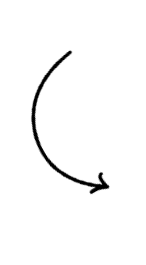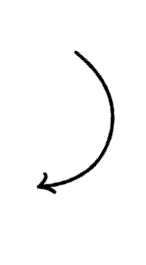Take 4 weeks Paleo Diet Challenge with 470+ recipes
No more Compromises with taste while reaching the goal. Before modern agriculture developed around 10,000 years ago, people typically ate foods that they could hunt or gather, such as fish, lean meats, fruits, vegetables, nuts, and seeds. In fact, several studies suggest that this diet can lead to significant weight loss (without calorie counting) and major improvements in health.
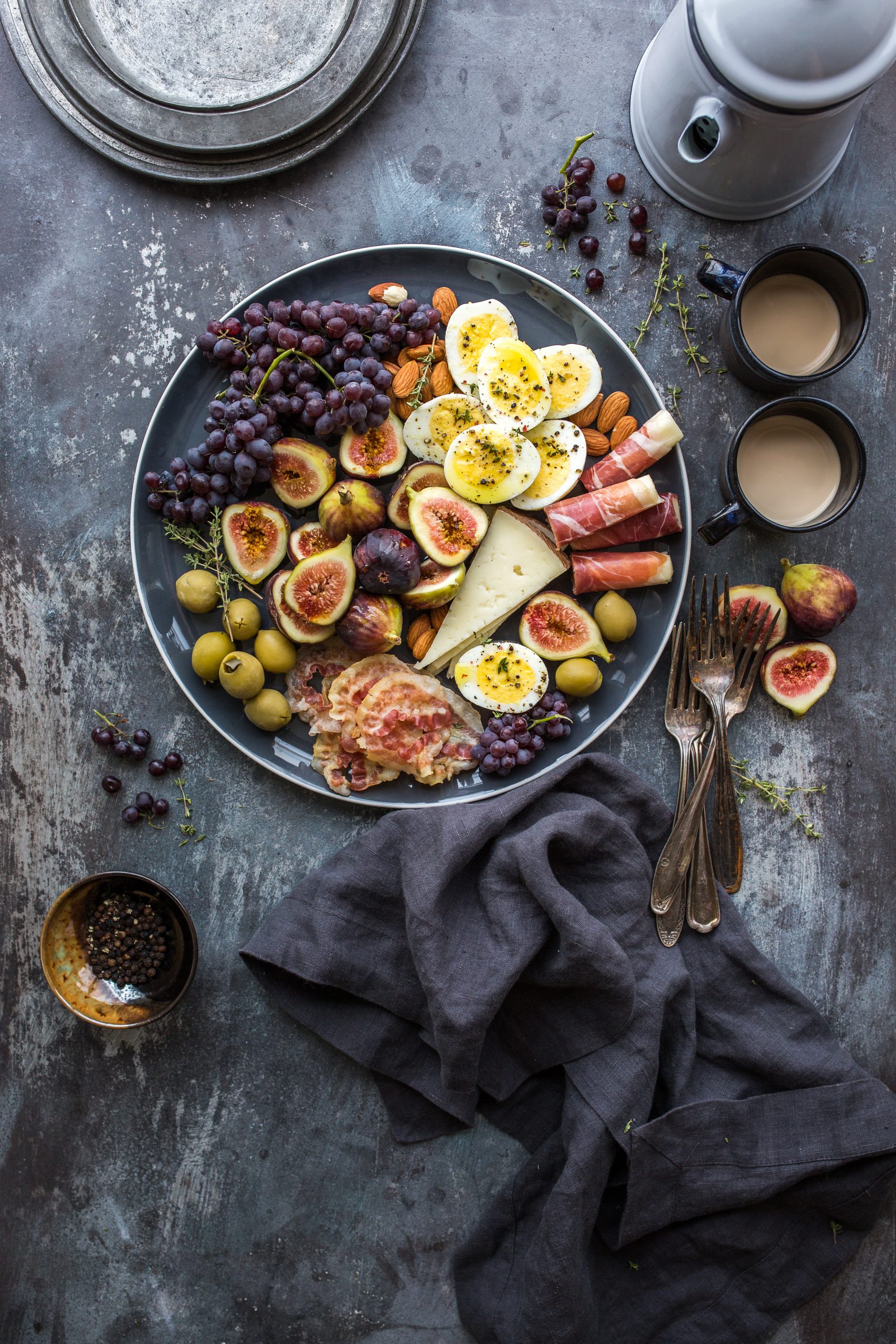
What our subscribers say about the cookbook

Imogen Cantrell

Zelda Stevenson

Belgin Tasdemir

Raquel De Leon
Foods You Can Eat on the Paleo Diet
Where things can tricky when it comes to the Paleo Diet is understanding what you can and can’t have. Additionally, some variations of the dietary plan are more strict than others, but as a general rule, all follow the basic principles of natural, gatherer-obtained foods.
Here is a list of things you can eat on Paleo;
- Fruits
- Vegetables
- Nuts and seeds
- Lean meats, especially grass-fed animals or wild game
- Fish, especially those rich in omega-3 fatty acids (salmon, mackerel and albacore tuna)
- Oils from fruits and nuts (olive oil or walnut oil)
As you can see, the foods that you can eat on Paleo are rich in fats and fibrous carbohydrates. What this means is that the food you eat will generally feature a low Glycemic Index (GI) which will provide you with long-lasting energy, unlike simple carbohydrates like sugar that are only good for a quick burst. Additionally, foods that are rich in omega 3 fats are good for heart health and cholesterol absorption.
Foods to Avoid on the Paleo Diet
While you might be on-board for the Paleo Diet meal plan so far, the list of things you will have to give up might be a challenge. There are a number of key food groups and ingredients Paleo-specifically eaters are unable to ingest. These include;
- Grains (wheat, oats and barley)
- Legumes (beans, lentils, peanuts and peas)
- Salt
- Potatoes
- Refined sugar
- Dairy products
- Highly processed foods
A Paleo Diet Meal Plan
While you might think staying on top of what you can and can’t eat on Paleo will be tricky, you’d be surprised how easy the process can get. Once you have a Paleo Diet meal plan sorted, switching proteins out and rearranging certain meal groups can be all it takes to add a bit of variety to the mix.
Here, we’ve put together a sample two-day Paleo Diet meal plan to make it simple.
Breakfast Day 1
- Eggs– Rich in natural fat and protein, eggs are a great way to kick off your day
- Vegetables– In this instance, you can either steam them or grill them in some light butter or coconut oil
- Coconut oil– High in natural fat, coconut oil can be used as an alternative to regular cooking oils
- Fruit– This will give you a much-needed natural sugar hit first thing in the morning.
Lunch Day 1
- Lean pork loin– Rich in natural fat and high in protein
- Garden salad(romaine, carrot, cucumber, tomatoes, walnuts and lemon juice dressing) – Low calorie and full of nutrients, some light dressing can be added
Dinner Day 1
- Sirloin steak– Super high in protein, it should be cooked in butter or coconut oil
- Steamed broccoli– Broccoli is rich in protein and very low in calories
- Garden salad– Low calorie and full of nutrients, some light dressing can be added
Breakfast Day 2
- Bacon– Very high in fat and natural saltiness, bacon should be cooked in butter or coconut oil
- Eggs– Rich in natural fat and protein
- Fruit
Lunch Day 2
- Burgers(no bun) – Lean ground or minced beef can be high in protein with enough fat content to give some flavour.
- Lettuce
- Onion
Dinner Day 2
- Salmon– Rich in omega 3 fatty acids, salmon is excellent for brain function and heart health
- Butter– While not the best for you, butter can be used as an effective alternative to cooking oil
- Steamed vegetables
Paleo Snacks
The best part about the Paleo Diet is that it encompasses rich, fatty foods that are high in protein. This means you’ll stay fuller for longer and as a result, will be less likely to snack. If you do feel you need to fuel up, however, there are a host of Paleo snacks that you can get into. These include;
- Hard-boiled eggs
- A piece of fruit
- Nuts, in particular, almonds
- Carrots
- A bowl of berries with some coconut cream
- Homemade beef jerky
Is the Paleo Diet Healthy?
One of the big looming questions surrounding the Paleo Diet is whether or not it is healthy. From a basic standpoint, crafting a diet around the food our hunter-gatherer ancestors would have eaten can be a major boost to your immune system and overall health. Avoiding processed foods is a good idea, whether you are choosing to go Paleo or not. That being said, if you follow the Paleo Diet to the extreme, it could put you at a heightened risk of calcium and vitamin D deficiencies. It is therefore important to supplement these nutrients.
At the end of the day, any diet plan that encourages you to eat high protein, natural foods such as lean meat and vegetables can’t be too far off being healthy.
"Diets are not any more dull and monotonous. This Ultimate Paleo Recipe Kit will make your life tasty and interesting"
Add-on #3 Bonuses
FREE to turn this diet
into your Lifestyle
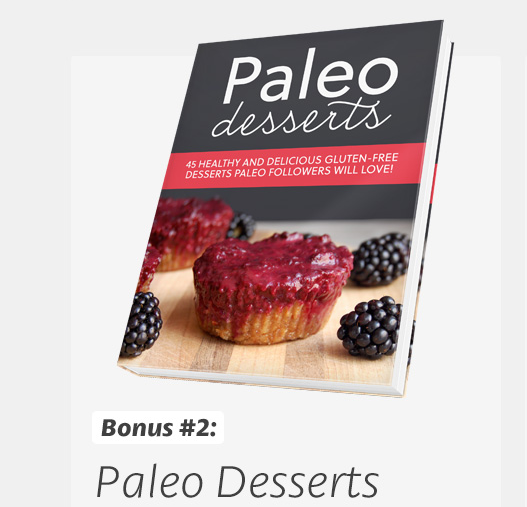
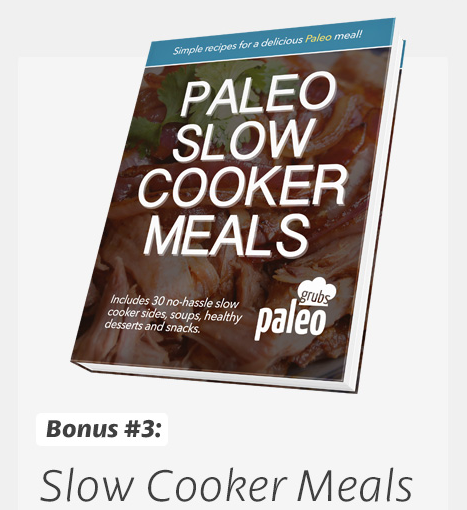
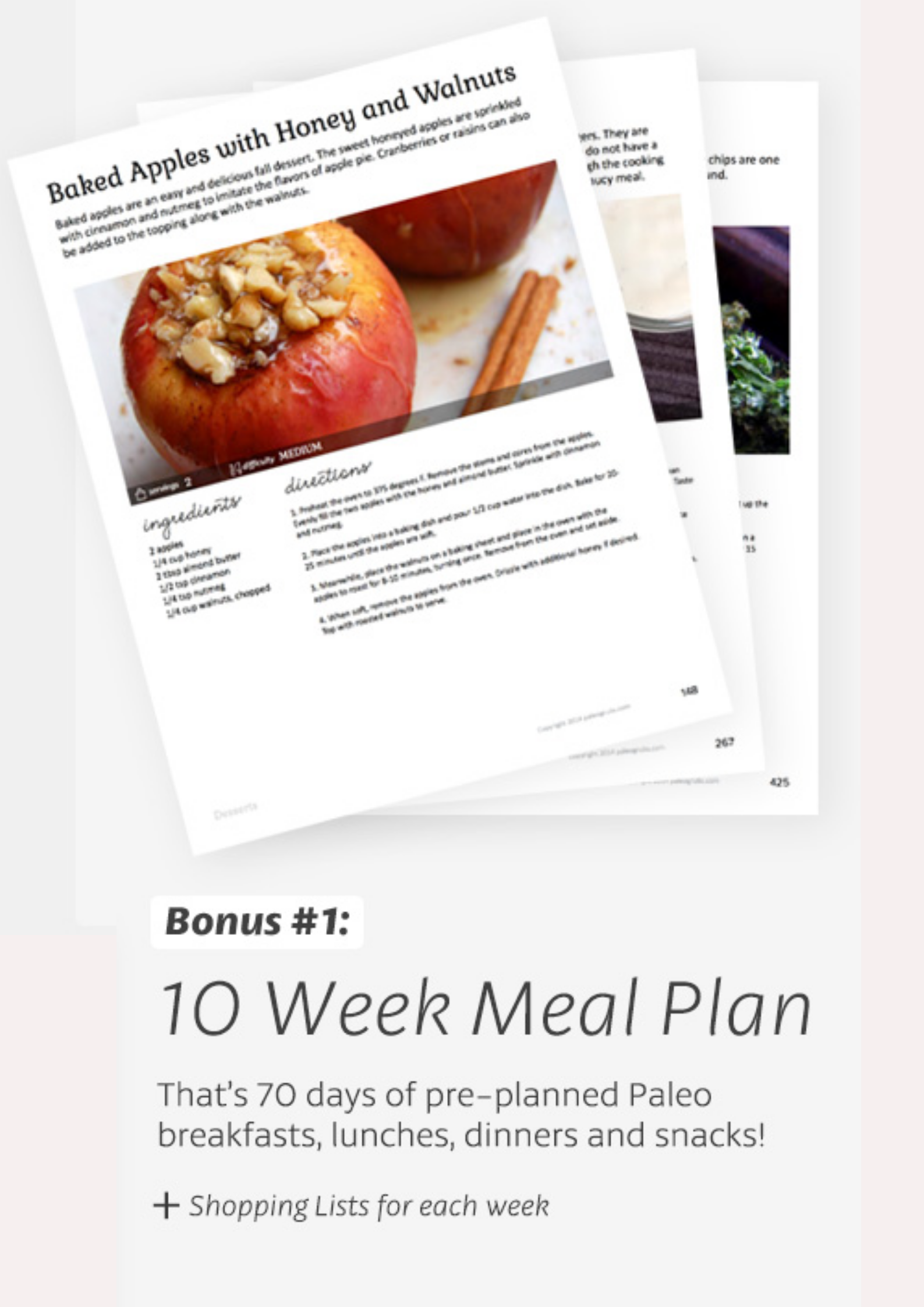
The only healthy cookbook you will ever need to keep yourself bold and beautiful
People claim that the paleo diet offers many health benefits, which include promoting weight loss, reducing the risk of diabetes, and lowering blood pressure.
